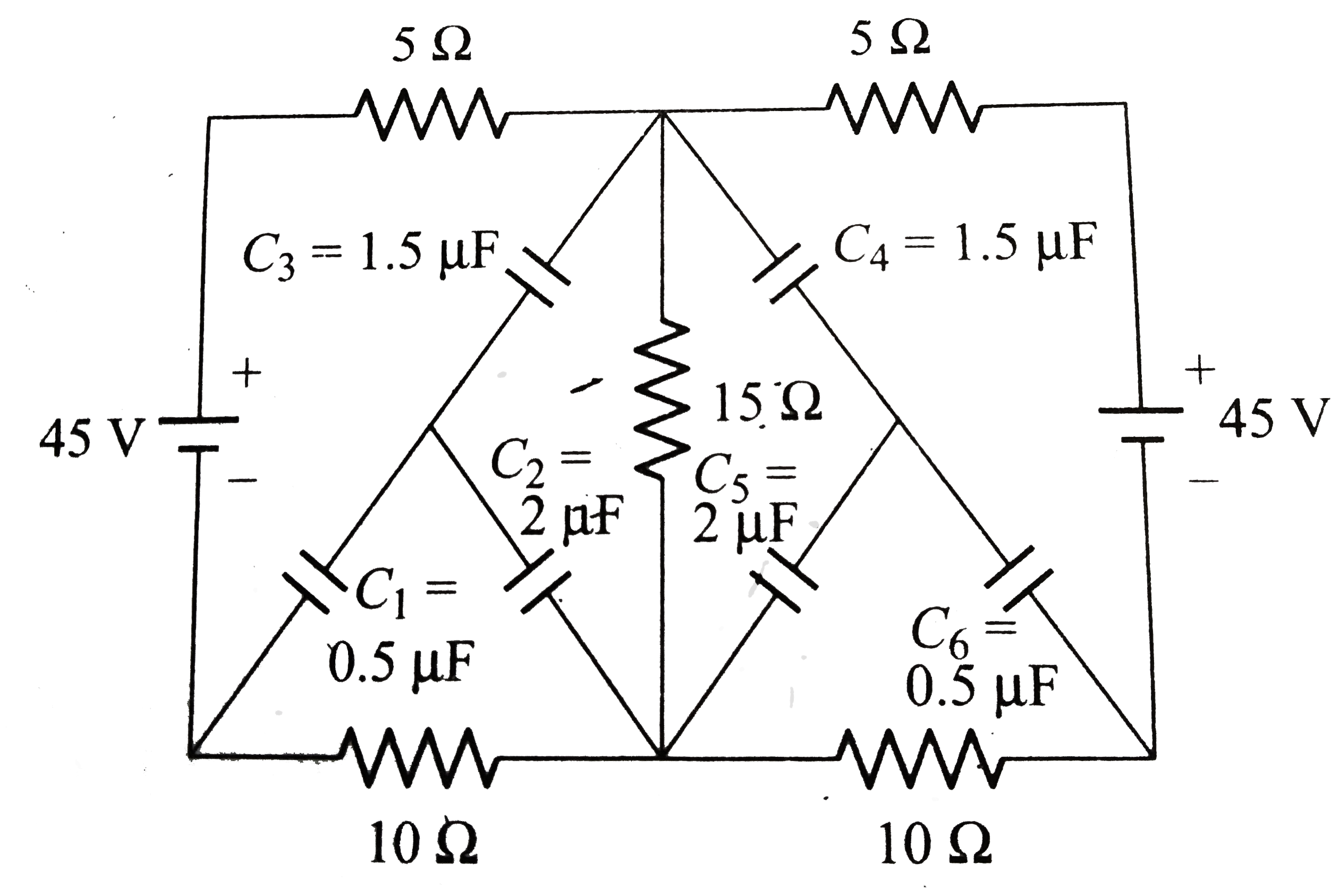Question : Is the specie paramagnetic ?
STATE-1 : The atomic number of speicie is 29.
STATE-2 : The charge on the specie is +1.
Statements (1) alone is sufficient but statement (2) is not sufficient
Statement (2) alone is sufficient but statement (1) is not sufficient
Both statement together are sufficient but neither statement alone is sufficient
Statement (1)%(2) together are not sufficient
The correct Answer is:C
To determine if the species with atomic number 29 and a charge of +1 is paramagnetic, we need to analyze the electronic configuration of the species.
Step 1: Identify the Element
The atomic number 29 corresponds to the element Copper (Cu).
Step 2: Determine the Electronic Configuration
The electronic configuration of a neutral copper atom (Cu) is:
- Cu: (Ar)3d104s1
Step 3: Analyze Unpaired Electrons in Neutral Copper
In the neutral state, copper has:
- 10 electrons in the 3d subshell (which are all paired)
- 1 electron in the 4s subshell (which is unpaired)
Since there is 1 unpaired electron in the 4s subshell, a neutral copper atom is paramagnetic.
Step 4: Consider the Charge on the Species
The species has a charge of +1, which means it has lost one electron. When copper loses one electron to become Cu+:
- The electron is removed from the 4s subshell.
Thus, the electronic configuration of Cu+ becomes:
- Cu+:(Ar)3d10
Step 5: Analyze Unpaired Electrons in Cu+
In the Cu+ state:
- The 3d subshell has 10 electrons (all paired)
- The 4s subshell has 0 electrons (since it lost its single unpaired electron)
Since there are no unpaired electrons in Cu+, it is diamagnetic.
Conclusion
The species with atomic number 29 and a +1 charge is not paramagnetic; it is diamagnetic.
Final Answer
- The species is not paramagnetic.
---
The atomic number 29 corresponds to the element Copper (Cu).
The electronic configuration of a neutral copper atom (Cu) is:
- Cu: (Ar)3d104s1
In the neutral state, copper has:
- 10 electrons in the 3d subshell (which are all paired)
- 1 electron in the 4s subshell (which is unpaired)
The species has a charge of +1, which means it has lost one electron. When copper loses one electron to become Cu+:
- The electron is removed from the 4s subshell.
- Cu+:(Ar)3d10
In the Cu+ state:
- The 3d subshell has 10 electrons (all paired)
- The 4s subshell has 0 electrons (since it lost its single unpaired electron)
The species with atomic number 29 and a +1 charge is not paramagnetic; it is diamagnetic.
- The species is not paramagnetic.
Topper's Solved these Questions
- ATOMIC STRUCTUREBOOK - ALLENCHAPTER - ATOMIC STRUCTUREEXERCISE - Exercise - 03
21 Videos
- ATOMIC STRUCTUREBOOK - ALLENCHAPTER - ATOMIC STRUCTUREEXERCISE - Exercise - 04[A]
49 Videos
- ATOMIC STRUCTUREBOOK - ALLENCHAPTER - ATOMIC STRUCTUREEXERCISE - Exercise - 01
38 Videos
- IUPAC NOMENCLATUREBOOK - ALLENCHAPTER - IUPAC NOMENCLATUREEXERCISE - Exercise - 05(B)
7 Videos
Similar Questions
Knowledge Check
Identify the species in which the metal atom is in +6 oxidation state.
AMnO−4B[Cr(CN)6]3−C[NiF6]2−DCrO2Cl2
The species in which the N-atom is in a state of sp hybridisation is
View SolutionThe circuit is in a steady state.

The charge in capacitor C1 is
View SolutionCalculate the oxidation number of all the atoms in the following species.
BrF3
View SolutionWhich species has the maximum number of lone pair of electrons
on the central atom ? .
View SolutionIn vapour state, sulphur (S2) shows paramagnetic behaviour due to
View SolutionNumber of species that are isoelectronics with Sr2+ ion are four.
View SolutionIsosters are compounds having similar geometry and isoelectronic species are species having the same number of electrons. The pair of species CO2 and NO2 is
View Solution
